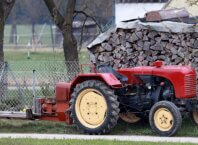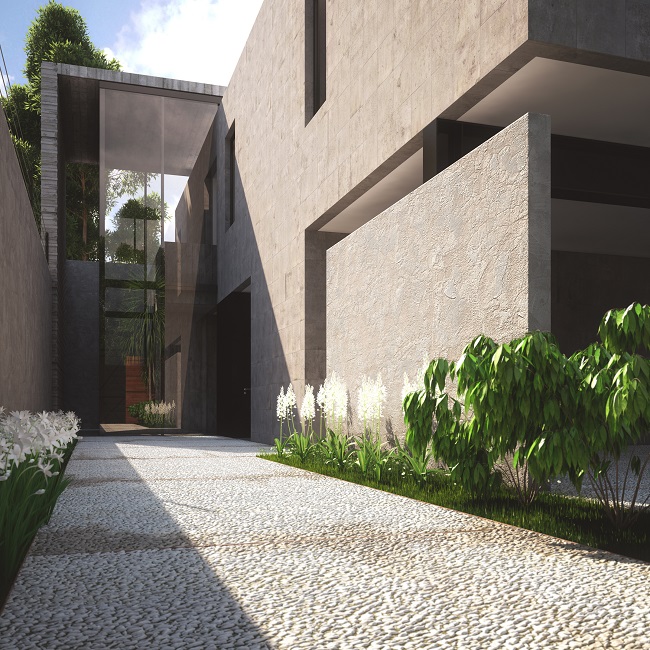Pallet racking systems allow you to get the most out of the space in your warehouse, smartly storing inventory vertically in pallets. Individual skids, which are made from wood, metal or plastic, are slotted into larger racking systems that have shelves on multiple levels. A decking base is used to support the objects that are stored on the racks. These decks are made of wire mesh, supporting the items while also allowing you to clearly see your inventory. Forklifts are necessary to load pallets onto the racking system, as these can be several metres high. Pallet racks are generally supported by columns on beams or structural beams.

With the variety of pallet racking systems on the market, you may find it difficult to work out which is most appropriate for your business. Keep reading to find out more about each pallet racking system, and what purposes it is most suitable for.
Different types of pallet racking system:
#1. Floor Stacking
Floor stacking is the most basic pallet racking method, where pallets are simply stored on the floor in rows. The rows can be configured to be as deep as the available space allows. If the pallets are strong enough to support loads, they can also be stacked for greater space efficiency. Floor stacking usually operates as a last-in/first-out system.
The main advantage of floor stacking is that no investment is needed: any business can implement this method immediately. However, the lack of sophistication means poor access to inventory and inefficient use of floor space.
#2. Selective Racking
Selective pallet racking is one of the most popular systems used in warehousing. Its popularity is explained by the fact that it is highly cost-effective, allows direct user access to all items via the aisle and is easy to install.
Selective pallet racking can be used for various types of storage, but is generally used for narrow aisle racking, standard and deep reach systems as they have a low storage density due to the space required for the aisles.
#3. Cantilever Racking
Cantilever racking is best for storing long products, including timber, piping and rods. Long arms protruding from the framework allows for the storage of long or bulky items. Cantilever racking has no front column, which means you can easily access all your products and have more storage space.
Cantilever racking can be made to suit your requirements exactly, which makes it well suited for businesses with unique requirements.
#4. Push Back Racking
Push back racking are in a structural or roll form, and operate on a last-in/first-out rotation. When a pallet is loaded onto the system, the next pallet is pushed back. When unloaded, they are pushed to the front. This makes push back racking ideal for storing large amounts of multiple products, as the products can respond to the changing configurations. However, push back racking means that some products can be hard to access.

#5. Drive-In Racking
Drive-in racking maximises the available floor space, operating on a last-in/first-out rotation. The space-saving advantage of drive-in racking is that it requires fewer aisles, thereby making them cost-effective. Forklifts can also gain easy access to drive-in pallet racking systems, as they can make their way through the aisles and add additional pallets as needed.
#6. Pallet Flow Racking
Pallet flow racking, sometimes referred to as gravity flow racks, are ideal for high density storage. Utilising a first-in/first-out rotation system and multiple order picking levels, stock is placed at the higher end and unloaded at the lower end. The rotation becomes automatic thanks to the flow of the racks, which goes to explain the name of this pallet racking system.
However, this system often requires a greater initial investment than some other systems, meaning it may not be appropriate for businesses with limited funds.
#7. Carton Flow Racking
Carton flow racks are like pallet flow racking as it operates on a first-in/first-out basis. The fact that this system uses a rear load design makes for easy operation and management of inventory.
Carton flow racking operates automatically, which allows for clever space-utilisation, storage optimisation and improved efficiency.
Choosing the Right Pallet Racking System for Your Business

A variety of factors play into deciding on the appropriate pallet racking system for your business. Consider the cost of materials as compared to your budget, the dimensions of your warehouse or factory, the type of inventory that needs to be stored and which loading system (first-in/first out or last-in/first out) is most suitable. Also consider environmental factors, as some environments will demand more sturdy equipment.







